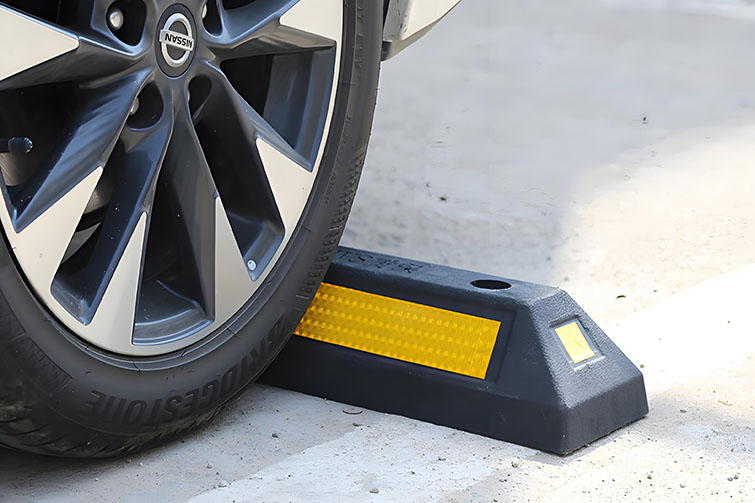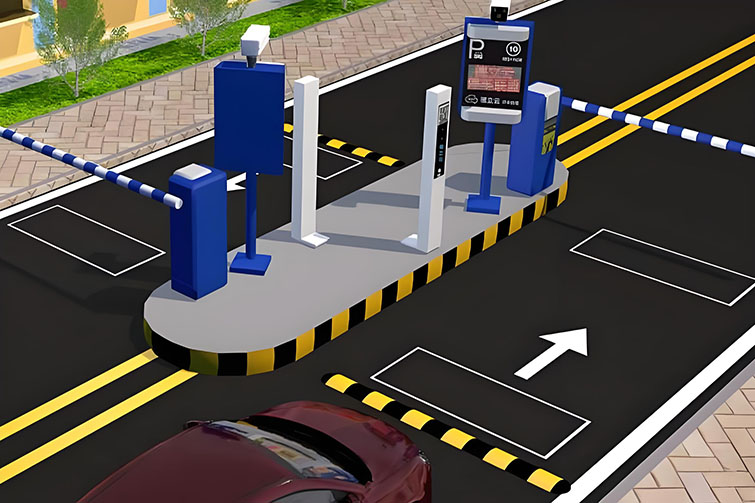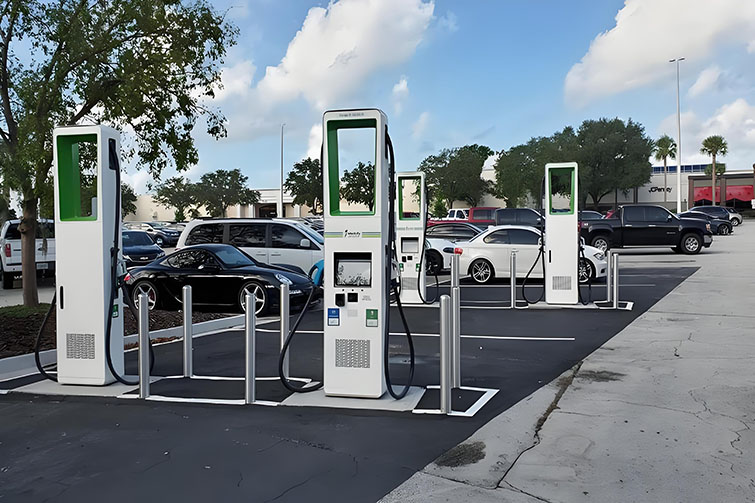
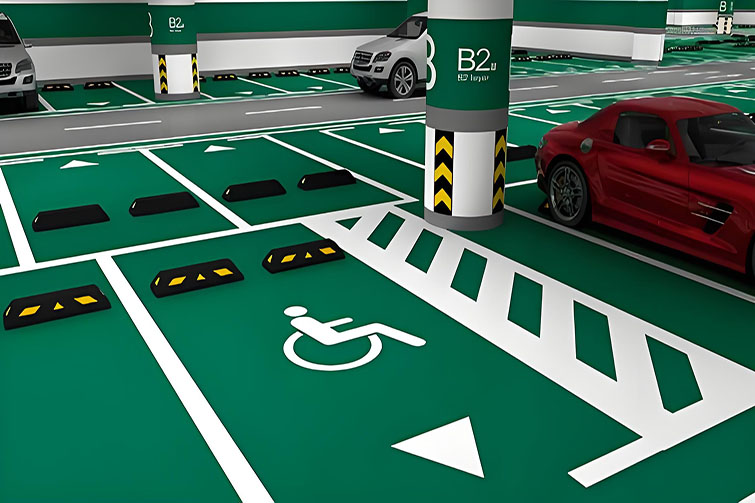
How Wide is a Parking Space? A Look at Global Standards
When it comes to parking lot design, one of the most frequently asked questions is: “How wide is a parking space?” The answer isn’t straightforward, as it varies by country, the type of parking lot, and the vehicles it is designed to hold.
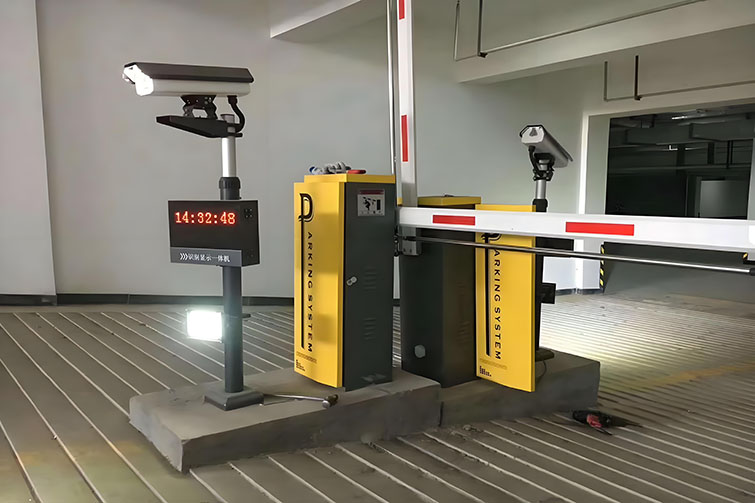
1. Standard Parking Space Dimensions
Typically, a standard parking space in the United States is about 8.5 to 9 feet wide (approximately 2.6 to 2.75 meters). However, in Europe, parking spaces tend to be slightly narrower, generally around 2.5 meters wide. In Asia, the standards can vary even more significantly, with some spaces as narrow as 2.3 meters.
2. Compact vs. Standard Sizes
There are also differences between standard and compact parking spaces. Compact spaces, often found in urban areas where space is at a premium, might only be about 7.5 feet wide. These are designed for smaller vehicles and can make a substantial difference in how many parking spots a lot can contain.
3. Influence of Parking Lot Gates
Parking lot gates or parking gates are essential elements that also dictate the design and functionality of a parking area. The width of a parking space near a gate may need to be larger to accommodate the turning radius of vehicles, especially in places like underground or multi-story parking structures.
4. Adjusting to New Vehicle Sizes
As vehicles evolve, so too must parking standards. With the increasing popularity of SUVs and other large vehicles, many regions are re-evaluating their parking space dimensions. Some cities have started to adopt wider spaces to accommodate these vehicles without compromising safety and ease of access.
5. Global Variations and Regulations
Globally, there are no uniform standards for parking space sizes, which can create challenges for international developers and businesses. Understanding the local regulations and typical vehicle sizes in the area is crucial when planning a new parking facility.
6. Future Trends
Looking forward, the trend is moving towards more adaptable parking solutions. This includes dynamic markings that can adjust based on the size and type of vehicles using the lot at any given time, enhancing efficiency and reducing unnecessary space usage.
In conclusion, while the size of parking spaces can vary greatly around the world, the goal remains the same: to accommodate vehicles in a safe and efficient manner. By understanding and adhering to local standards, developers can ensure that parking lots are accessible, safe, and well-suited to the needs of the drivers who use them.




